Pulmonary Arterial Hypertension Targeting Module Development Service
Overview Pulmonary Arterial Hypertension Targeting Delivery Systems What Can We Do for You? Workflow FAQs
Creative Biolabs provides advanced targeted drug delivery solutions to treat pulmonary arterial hypertension (PAH). We achieve precise drug delivery to the pulmonary vasculature using liposome and lipid nanoparticle delivery systems joined with peptide, antibody, and aptamer targeting modules. We provide services which boost therapeutic outcomes together with minimized side effects. For more information, please contact us.
Contact our team to get an inquiry now!
Overview
Pulmonary arterial hypertension (PAH) is a deadly and uncommon condition which arises when blood pressure levels rise in the arteries that carry blood from the heart towards the lungs. The constriction and hardening of pulmonary blood vessels lead to heightened resistance that results in right heart failure. PAH treatment advanced through the development of both targeting modules and drug/module delivery systems known as TDDS. Therapeutic agents are delivered more effectively to the lungs through various module delivery systems including liposomes, lipid nanoparticles (LNPs), and exosomes. These delivery systems improve drug stability while boosting bioavailability and enabling better lung penetration. To achieve precise drug delivery to the pulmonary vasculature researchers, utilize targeting modules such as peptides including cell-penetrating peptides (CPPs) and homing peptides (HPs), antibodies, aptamers, and functionalized lipids. Antibody-drug conjugates (ADCs) and peptide-drug conjugates (PDCs) provide localized drug delivery which leads to improved treatment outcomes and decreased systemic side effects.
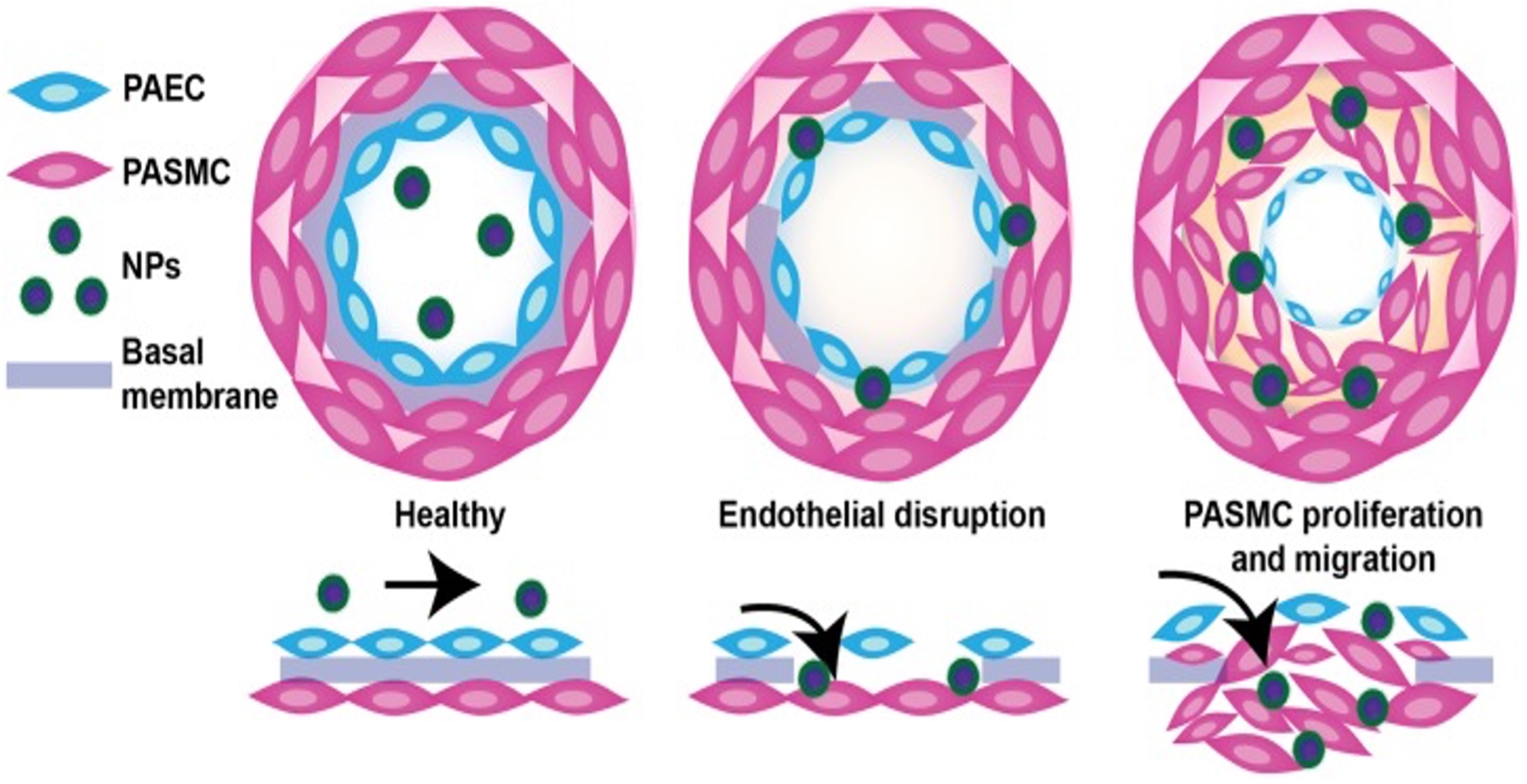 Fig. 1 Schematic representation of endothelial dysfunction in PAH and a proposed mechanism of NP extravasation into pulmonary vasculature.1
Fig. 1 Schematic representation of endothelial dysfunction in PAH and a proposed mechanism of NP extravasation into pulmonary vasculature.1
Pulmonary Arterial Hypertension Targeting Delivery Systems
The existing treatments for PAH using vasodilators and endothelin receptor antagonists alongside pharmacological agents often fail to provide adequate results for patients who have progressed to advanced stages of the disease. Targeted therapeutic strategies are needed to enhance treatment effectiveness while minimizing adverse effects. TDDS offer an innovative solution for PAH treatment since they deliver medication directly to the lungs to maximize therapeutic impact. Below is a list of commonly used TDDS, illustrating their applications and benefits in different therapeutic areas.
Table 1. The Primary Types of TDDS Utilized in The Treatment of Pulmonary Arterial Hypertension
|
TDDS Type
|
Description
|
Targeting Mechanism
|
Applications
|
|
Liposomes
|
Lipid-based vesicles used to encapsulate hydrophilic and hydrophobic drugs, improving stability.
|
Surface modification with ligands or antibodies targeting pulmonary vasculature.
|
Delivery of vasodilators, gene therapy, and anti-inflammatory agents.
|
|
Lipid Nanoparticles (LNPs)
|
Nanocarriers that encapsulate drugs, offering high stability and controlled release.
|
Surface functionalization for targeting endothelial cells in the lungs.
|
Targeted delivery of endothelin receptor antagonists, nitric oxide donors.
|
|
Lipid-Polymer Hybrid Nanoparticles
|
Hybrid particles combining lipids and polymers for improved stability and drug release.
|
Targeting lung-specific receptors via ligands or functionalized lipids.
|
Pulmonary delivery of vasoactive agents, gene therapy, and immunotherapy.
|
|
Exosomes
|
Naturally derived vesicles that can carry drugs, RNAs, or proteins, with a natural ability to target specific tissues.
|
Targeting of pulmonary endothelial cells and smooth muscle cells using surface proteins.
|
Gene therapy, RNA delivery, and targeted drug delivery for PAH.
|
|
Virus-Like Particles (VLPs)
|
Non-infectious particles that mimic the structure of viruses and can be engineered to deliver therapeutic agents.
|
Surface-modified to target specific receptors in the pulmonary arteries.
|
Targeted gene therapy, drug delivery, and immunotherapy for PAH.
|
|
Fc Fusion Proteins
|
Fusion of the Fc region of antibodies with therapeutic proteins, enhancing targeting to specific tissues.
|
Binding to receptors on the pulmonary vasculature and smooth muscle cells.
|
Targeted anti-inflammatory therapies and drug delivery for PAH.
|
|
Albumin-based Nanoparticles
|
Biocompatible particles derived from albumin, used to encapsulate, and deliver drugs.
|
Targeting lung vasculature via albumin's natural affinity for endothelial cells.
|
Delivery of anti-fibrotic drugs, vasoactive agents, and gene therapies.
|
|
Peptide-Drug Conjugates (PDCs)
|
Conjugation of peptides to therapeutic drugs for enhanced specificity to lung cells.
|
Targeting pulmonary endothelial cells or smooth muscle cells in the lungs.
|
Targeted vasodilator delivery, gene therapy for PAH.
|
Targeting ligands are specialized molecules that enable the precise delivery of therapeutic agents to specific cells or tissues. By binding selectively to receptors or biomarkers on the surface of target cells, these ligands help ensure that drugs are delivered directly to the site of action, improving treatment efficacy, and minimizing side effects. The choice of targeting ligand is crucial for the success of a drug delivery system. Below is a list of commonly used targeting ligands, showcasing their applications in various therapeutic areas.
Table 2. Targeting Ligands Used in Preclinical Studies for Pulmonary Arterial Hypertension
|
Targeting Ligand
|
Target Receptor/Cell Type
|
Description
|
Applications
|
|
Endothelin-1 (ET-1)
|
Endothelin receptors (ETAR, ETBR) on pulmonary vascular smooth muscle cells
|
Endothelin-1 is a potent vasoconstrictor that plays a key role in PAH by increasing vascular tone.
|
Targeted drug delivery to block endothelin receptor signaling, reducing vasoconstriction.
|
|
Peptides (e.g., RGD peptides)
|
αvβ3 and αvβ5 integrins on endothelial cells and smooth muscle cells
|
RGD peptides target integrins involved in cell adhesion and angiogenesis in pulmonary vasculature.
|
Targeted delivery of drugs, anti-angiogenesis therapy, and gene therapy.
|
|
Prostacyclin Receptor
|
Prostacyclin receptor (IP) on smooth muscle cells
|
Prostacyclin is a vasodilator, and its receptor is involved in regulating vascular tone.
|
Targeted delivery of prostacyclin analogs and vasodilatory therapies.
|
|
Thrombomodulin
|
Endothelial cells in the pulmonary vasculature
|
Thrombomodulin is involved in endothelial function and thrombin inhibition, making it a potential target for PAH treatment.
|
Targeted gene delivery, anti-thrombotic and anti-inflammatory therapies.
|
|
Angiotensin II Receptor (AT1R)
|
Pulmonary smooth muscle cells, endothelial cells
|
The angiotensin II receptor plays a key role in the pathophysiology of PAH by regulating vascular tone and fibrosis.
|
Targeted drug delivery of angiotensin receptor antagonists to reduce vascular remodeling.
|
|
NF-κB (Nuclear Factor kappa-light-chain-enhancer of activated B cells)
|
Inflammatory cells, endothelial cells, and smooth muscle cells
|
NF-κB is a transcription factor involved in inflammatory responses and is upregulated in PAH.
|
Targeted delivery of NF-κB inhibitors to reduce inflammation and fibrosis in the pulmonary vasculature.
|
Experience the Creative Biolabs Advantage - Get a Quote Today
What Can We Do for You?
Effective Drug Delivery Using Nanoparticles
Nanoparticles are a cutting-edge drug delivery system, ensuring more effective medication delivery while minimizing adverse effects, leading to improved treatment outcomes.
Targeted Local Delivery
The targeted local delivery of drugs through nanoparticles significantly enhances the precision and effectiveness of treatments.
Expertise in Advanced Delivery Systems
Creative Biolabs is a leading provider of targeted drug delivery services, with a proven history of creating advanced delivery systems for various therapeutic applications.
Custom Raw Materials and Personalized Services
We offer custom raw materials and products designed specifically for building drug delivery systems, providing tailored services to meet the specialized needs of our clients.
Contact Us for More Information
For further details, please feel free to reach out to us. We're here to assist you with your project and provide the support you need.
Workflow

FAQ
Q: What types of targeting modules are used for PAH treatment?
A: We offer a variety of targeting modules, including monoclonal antibodies, peptides, aptamers, and small molecule inhibitors, which are specifically designed to target key receptors and signaling pathways involved in the development of PAH, such as endothelin receptors, vascular endothelial growth factor (VEGF), and pulmonary artery smooth muscle cells.
Q: Can the targeting modules be combined with drug delivery systems?
A: Yes, we specialize in integrating our targeting modules with various advanced drug delivery platforms, such as nanoparticles, liposomes, and lipid-polymer hybrid nanoparticles. This enables the targeted delivery of therapeutic agents like vasodilators, endothelin receptor antagonists, or gene therapies directly to the pulmonary vasculature, enhancing efficacy while minimizing side effects.
Q: What makes your PAH targeting modules effective?
A: Our PAH targeting modules are designed to address specific pathological features of the disease, such as pulmonary vasoconstriction, endothelial dysfunction, and vascular remodeling. By targeting these underlying mechanisms, our modules offer a more precise and effective approach to treatment compared to traditional systemic therapies.
Q: How are the efficacy and safety of PAH targeting modules tested?
A: We conduct preclinical testing using both in vitro and in vivo studies. These tests evaluate the pharmacodynamics, pharmacokinetics, and therapeutic effects of the targeting modules.
Reference
-
Segura-Ibarra, Victor et al. "Nanotherapeutics for Treatment of Pulmonary Arterial Hypertension." Frontiers in physiology vol. 9 890. 13 Jul. 2018, DOI:10.3389/fphys.2018.00890. Distributed under Open Access license CC BY 4.0, without modification.
Our services are For Research Use Only. We do not provide services to individuals.


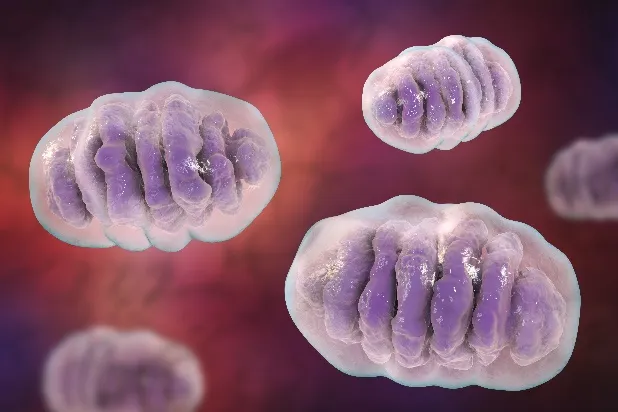
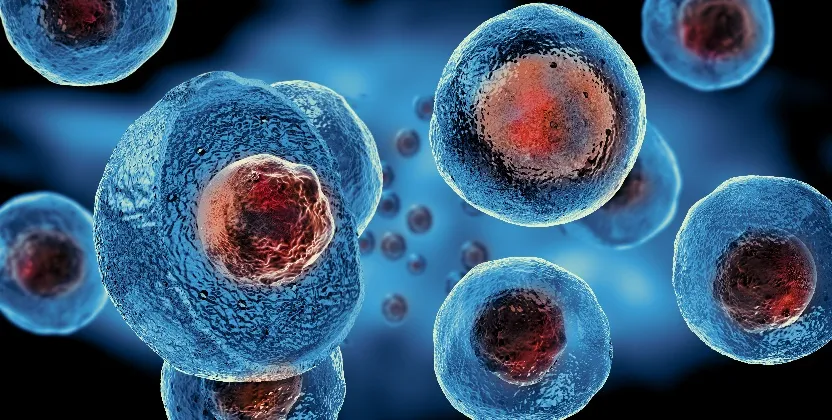
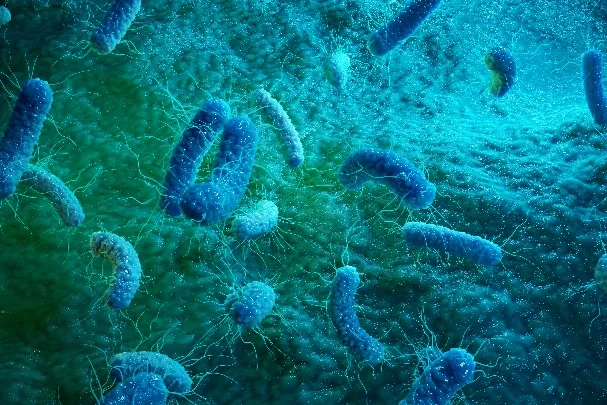
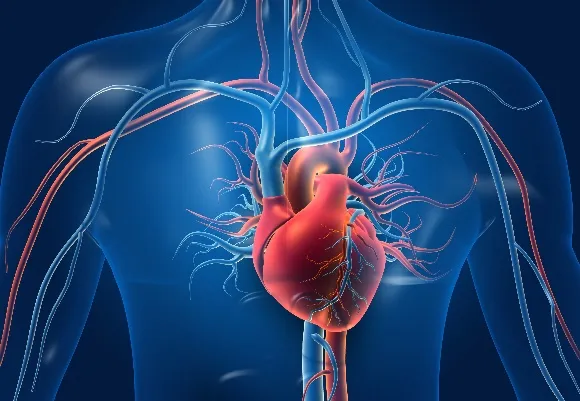
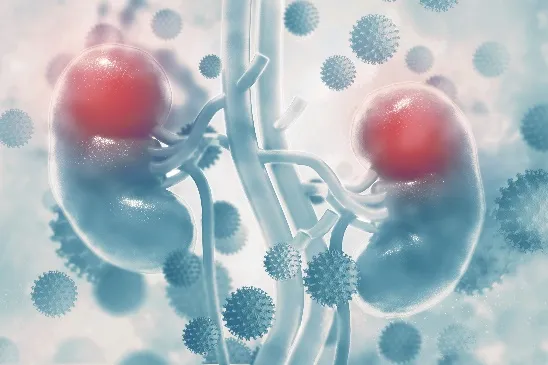
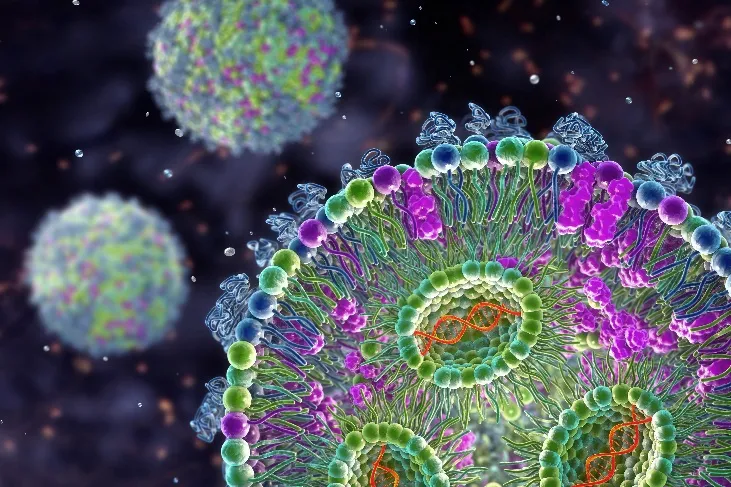
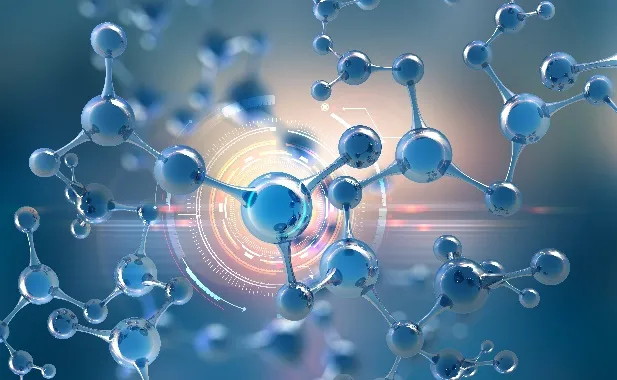
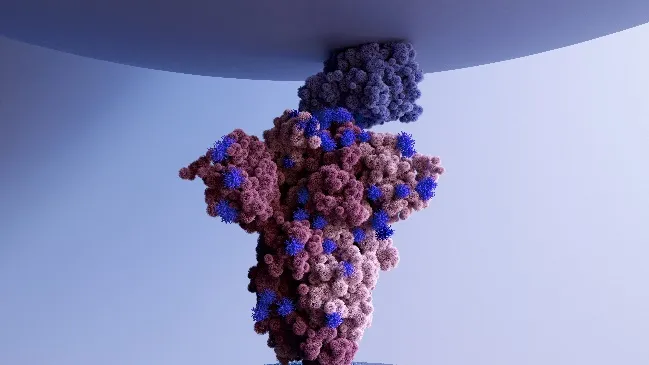
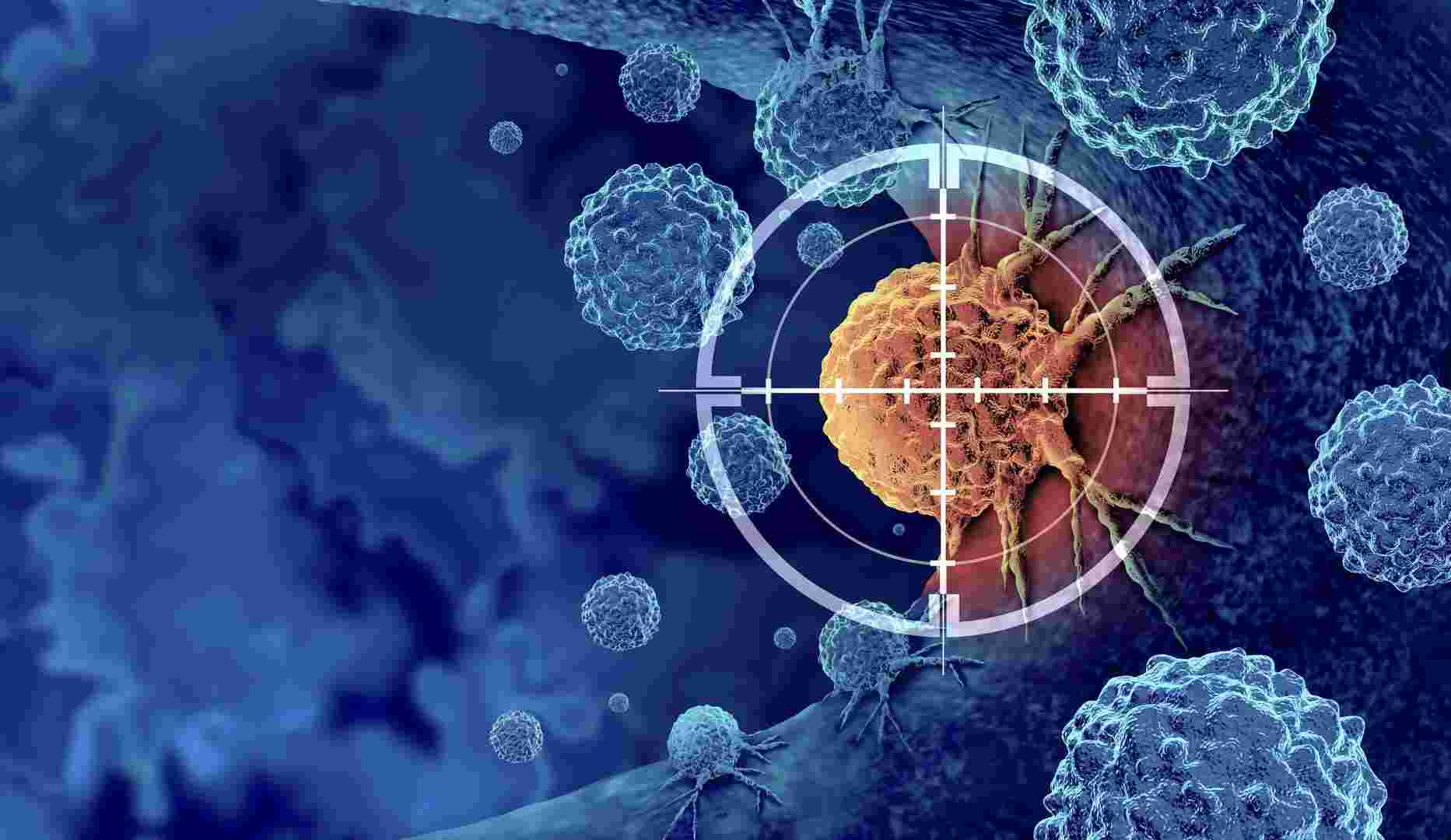
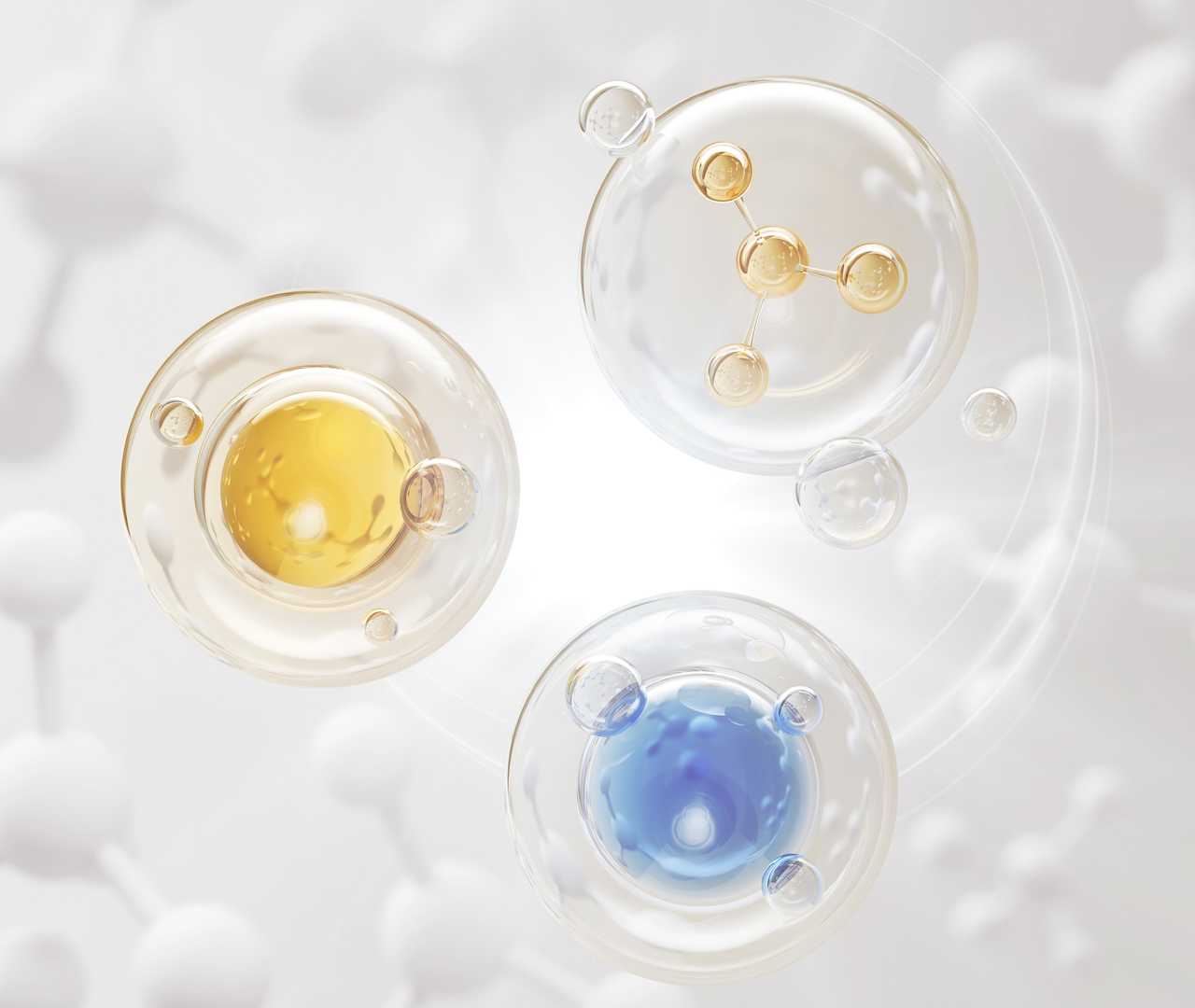
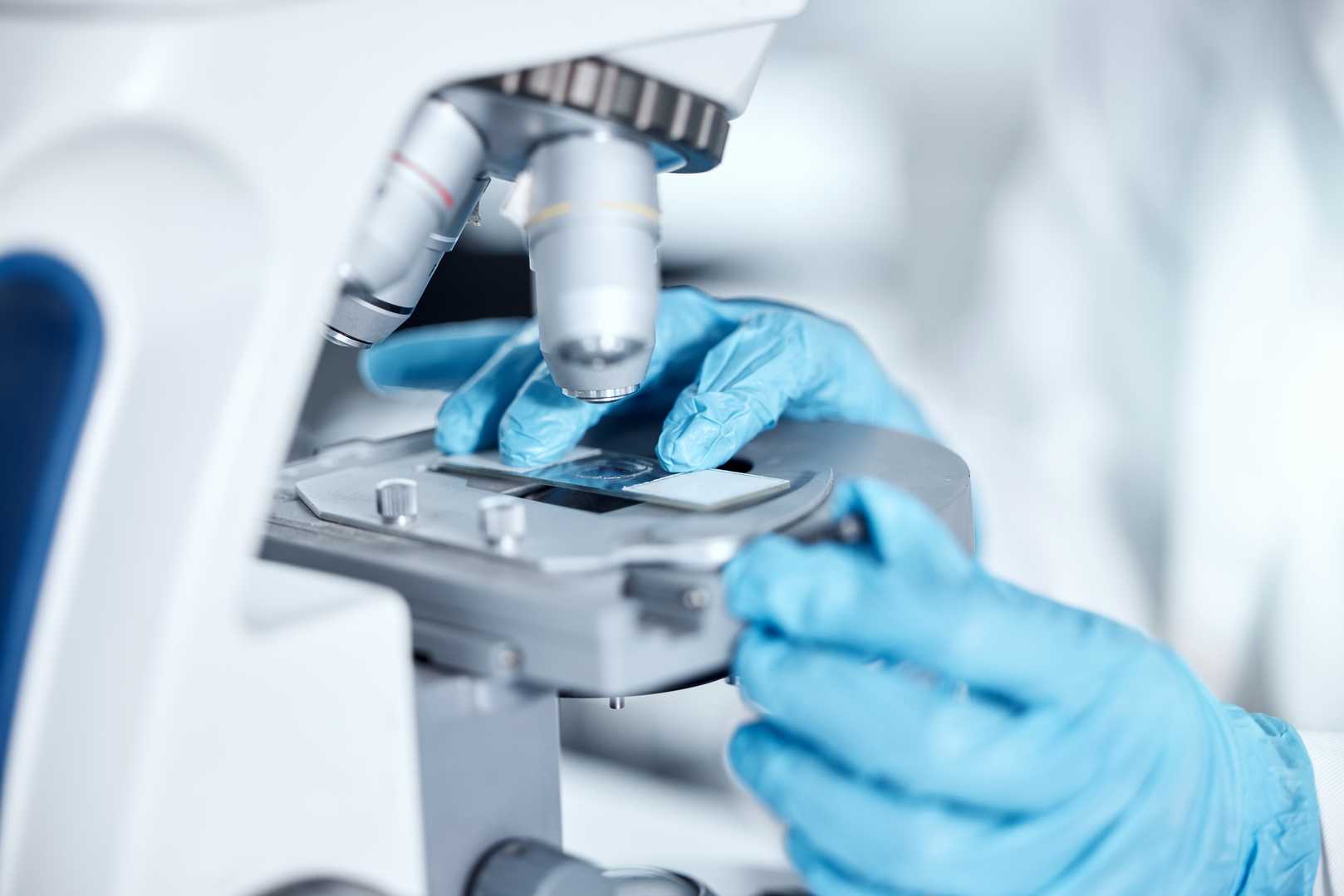
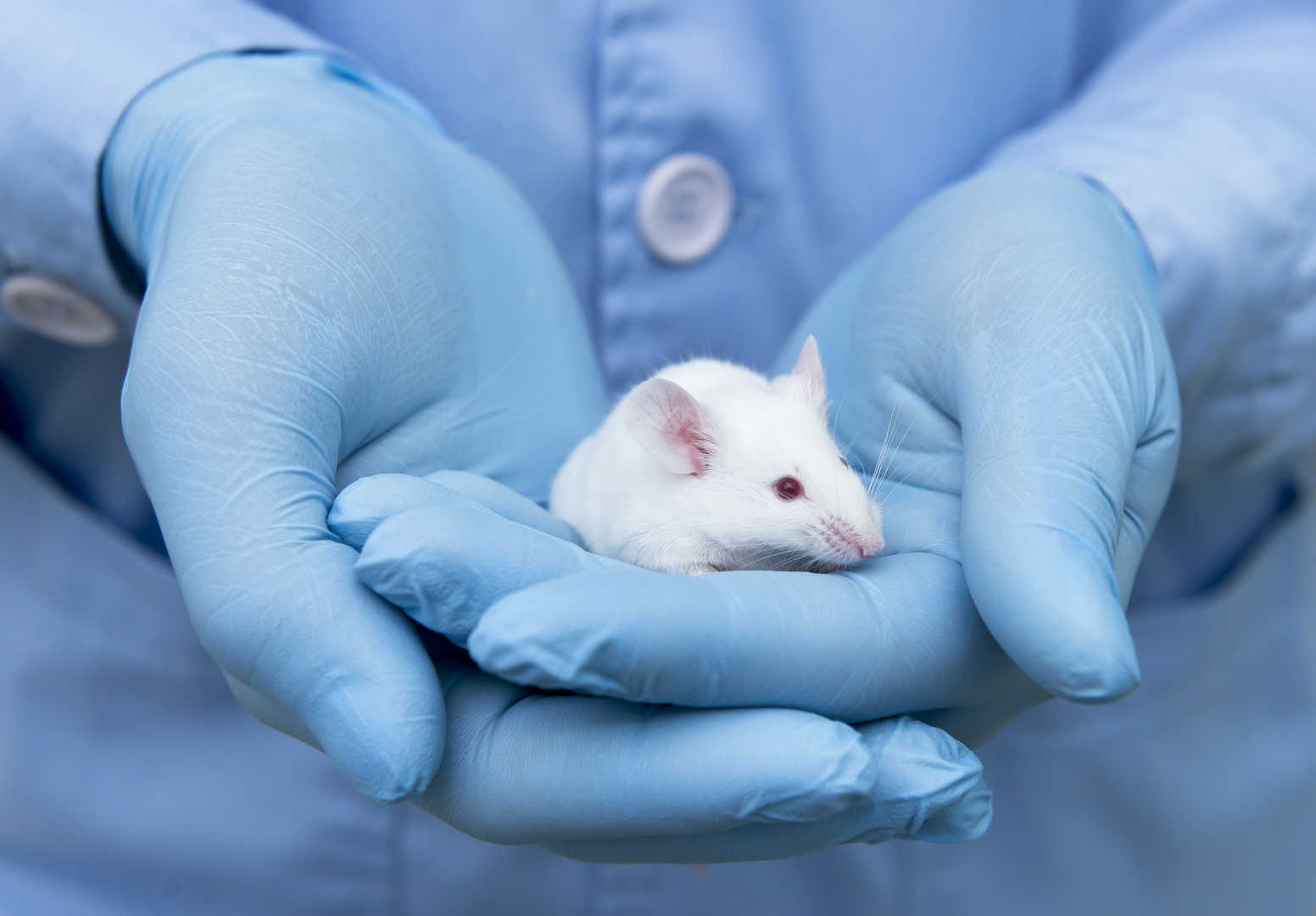
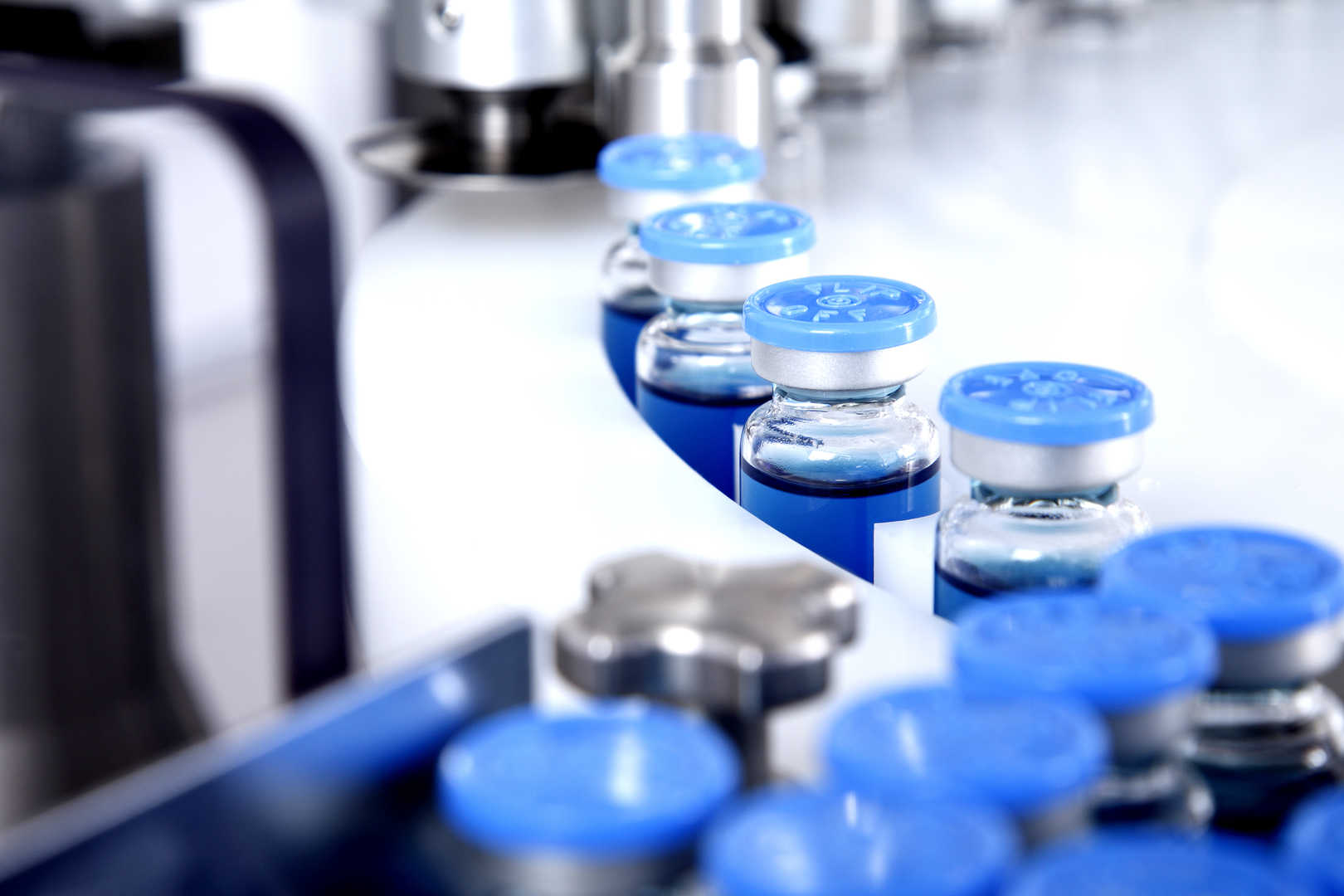
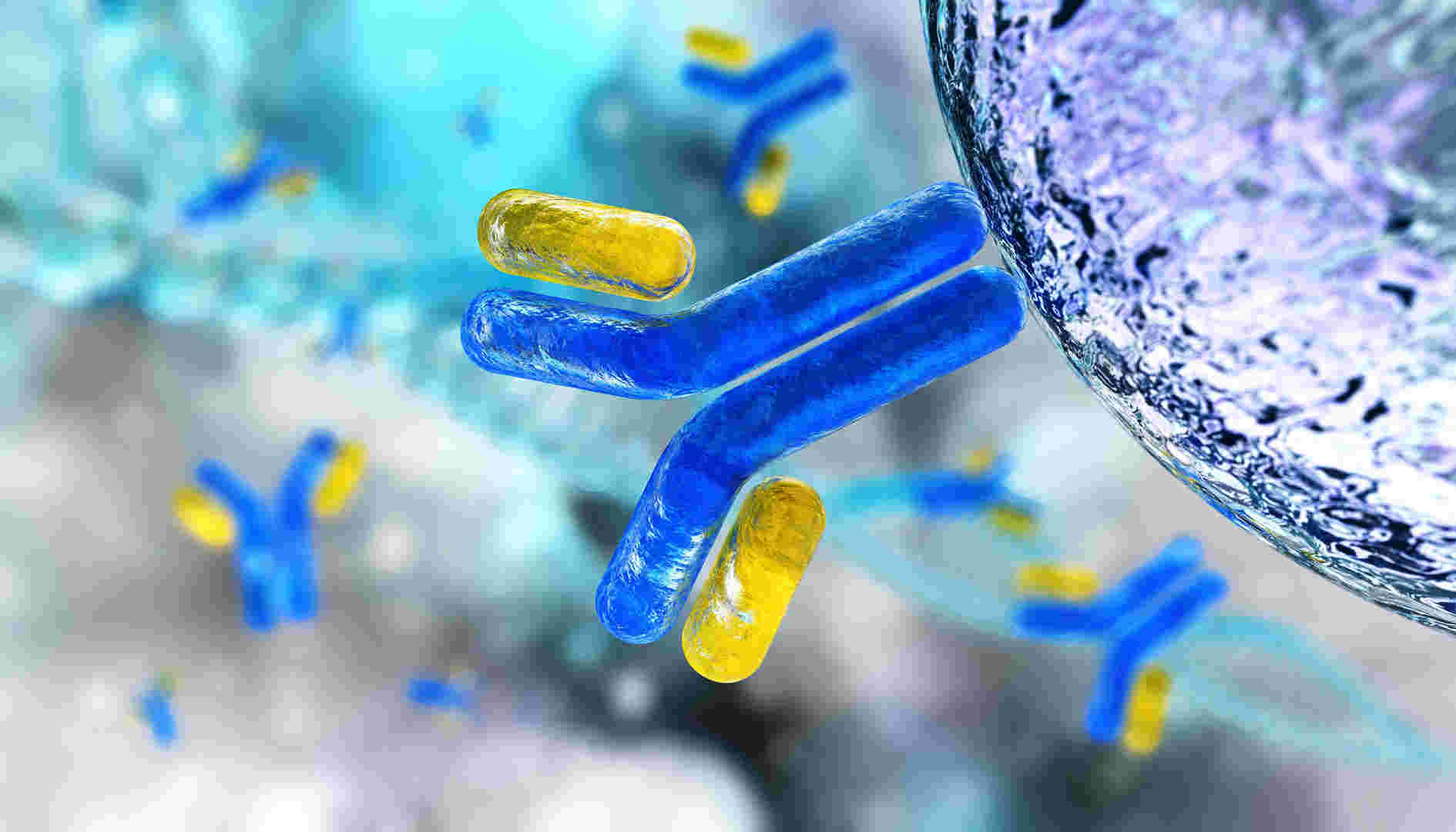
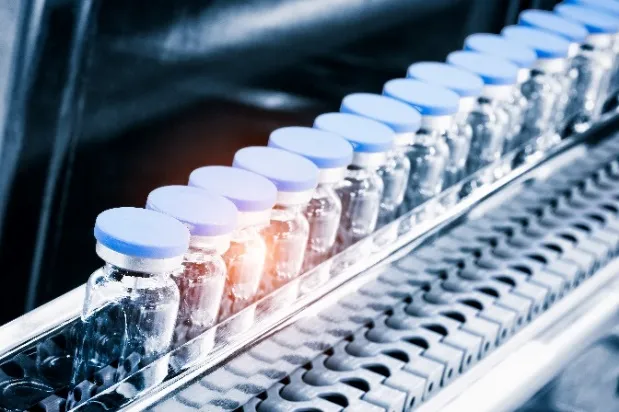
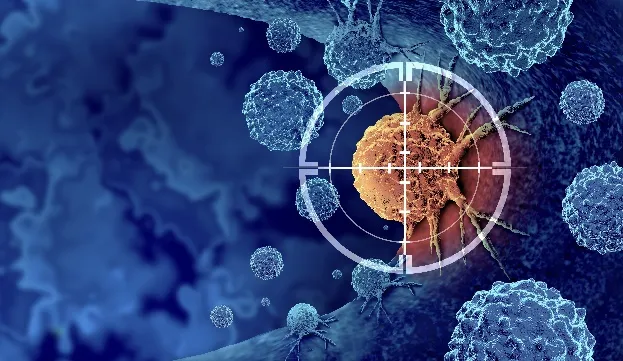
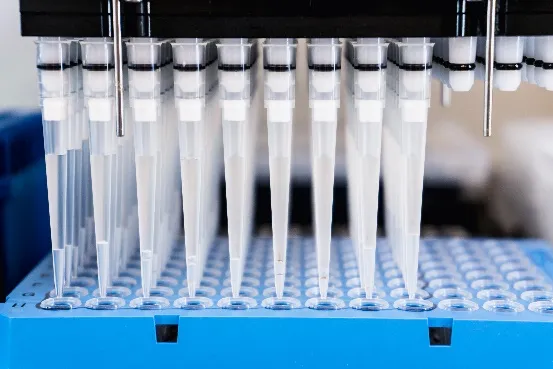


 Fig. 1 Schematic representation of endothelial dysfunction in PAH and a proposed mechanism of NP extravasation into pulmonary vasculature.1
Fig. 1 Schematic representation of endothelial dysfunction in PAH and a proposed mechanism of NP extravasation into pulmonary vasculature.1


